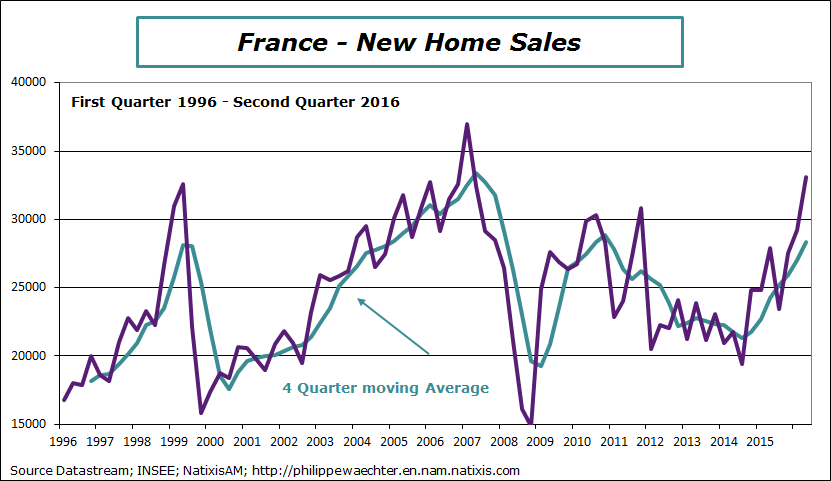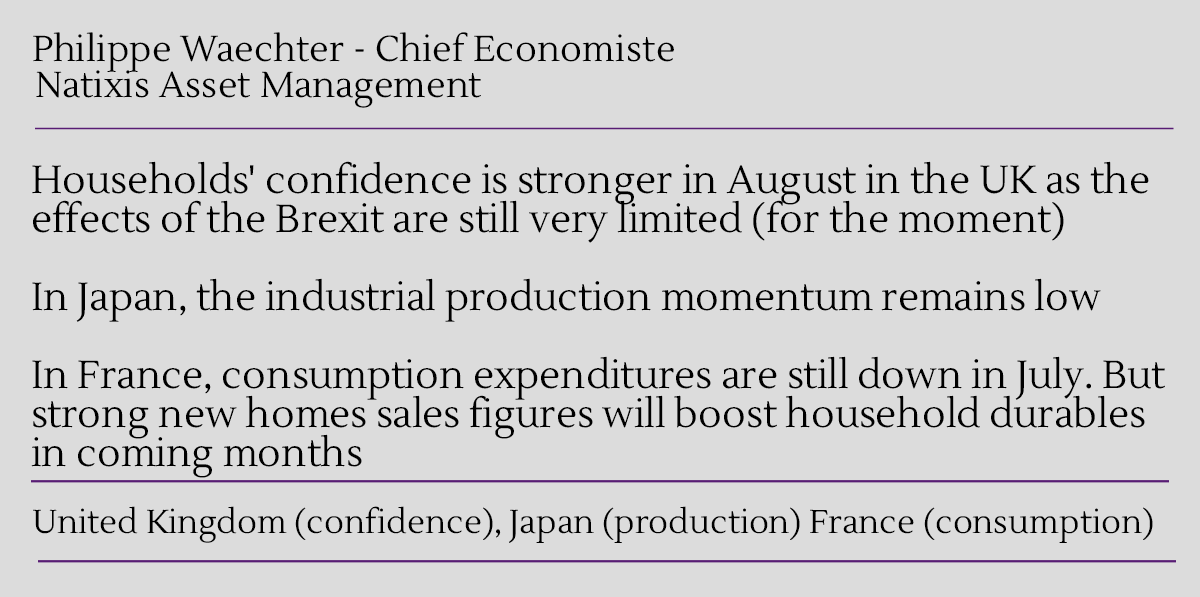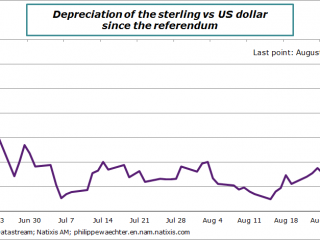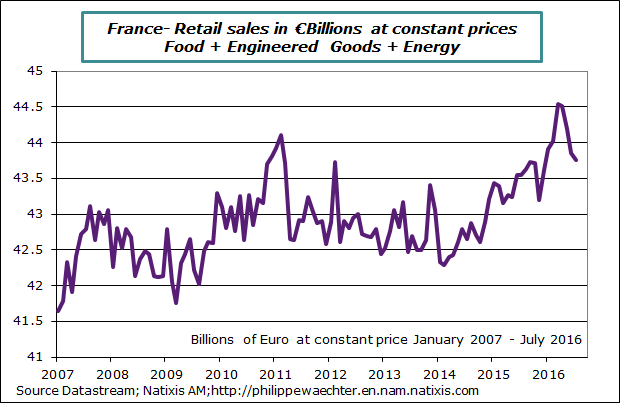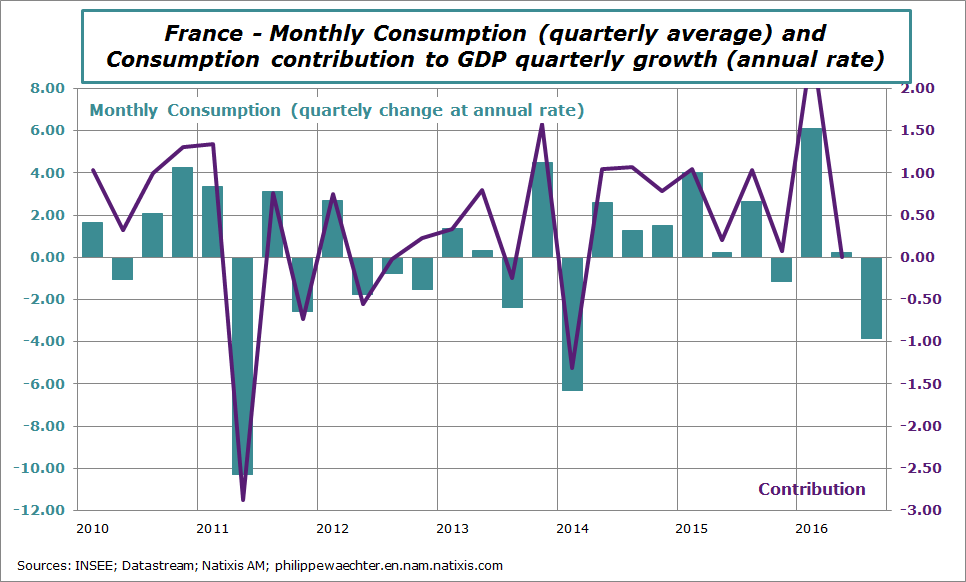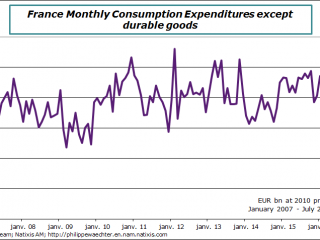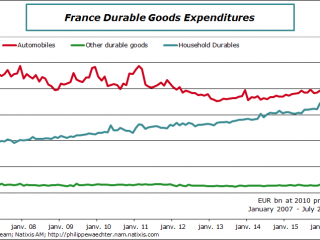
Rebound of the UK consumer confidence index in August
After the referendum on Brexit, June the 23rd, households were worried by the consequences of the “Leave” option. They thought that the impact would rapidly be negative. The consumer confidence index dropped deeply in July. It was driven by the uncertainty related to the 12 month outlook for the economy.
Since the referendum, no negative impact was perceived.
The economy was in a good shape in the second quarter (GDP growth was +2.4% at annual rate) and since then two strong impulses have boosted the short term outlook. First the Bank of England has adopted a more accommodative monetary policy with lower rate (from 0.5% to 0.25%) and a new slice of quantitative easing (+£60bn + £10bn on corporate debt). The UK yield curve has dramatically shifted downward after the adoption of this strategy. Second, the currency was down by more than 10%. This has boosted tourism during summer time.
As a consequence, the consumer confidence index was up in August and the outlook for the next 12 months is now brighter.
There will be an negative impact when Brexit will be effective but it is not for now (see here)
Japan: the momentum is still weak
The industrial production was stable during the last three months. It shows that there is a strong necessity for a more proactive fiscal policy in order to boost growth. It’s important to focus on the domestic market as the impulse will not come from the external sector (see here)
The Markit index for August suggests a forthcoming improvement of the industrial production index. But the upward trend will be limited and the Markit index could be a wrong signal as it was the case during the second part of 2015 and the beginning of 2016. Moreover, inventories are plentiful and will be a drag for a rapid recovery
France: A poor start for the third quarter
Consumption was down for the fourth month in a row in July. We see on the graph the rapid drop of consumers’ expenditures.
This weakness is important as consumption expenditures’ contribution to quarterly GDP growth was flat during the second quarter (see here). With July figure, the contribution could be negative for Q3. Why is it important? because without a rebound in consumption expenditures during the third quarter, GDP growth for the third quarter could be negative. The expected rebound for growth in Q3 is conditioned by a rebound in households’ expenditures.
The main reason for the drop in the second quarter and in July is the weakness of expenditures on durable goods. More specifically it was household durables expenditures that were down after a strong improvement at the end of 2015 and during the first quarter of this year.
Households expenditures will probably be stronger than what was seen in July and so it will not be a strong drag to GDP growth.
